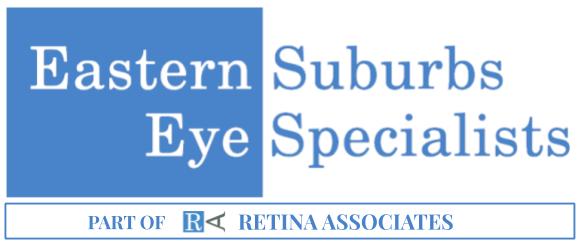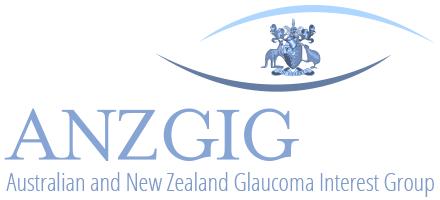Pan-Retinal Photocoagulation is performed in a specially equipped laser room. It does not require a surgery centre.
Laser Photocoagulation is performed with mild, topical anaesthesia.
The procedure usually takes less than 10 minutes per session.
Your ophthalmologist will:
- Dilate your pupil with eye drops and numb it.
- Take you into the Laser room.
- Place a special laser lens on your eye.
- Aim the laser at the blood vessels and treat them.
The laser seals the blood vessels so that they no longer leak fluid behind the retina.
A complete laser treatment, however, may require 3 or more different sessions, with a total of one to two thousand laser applications ("spots").
The procedure does not hurt and is generally safe.







